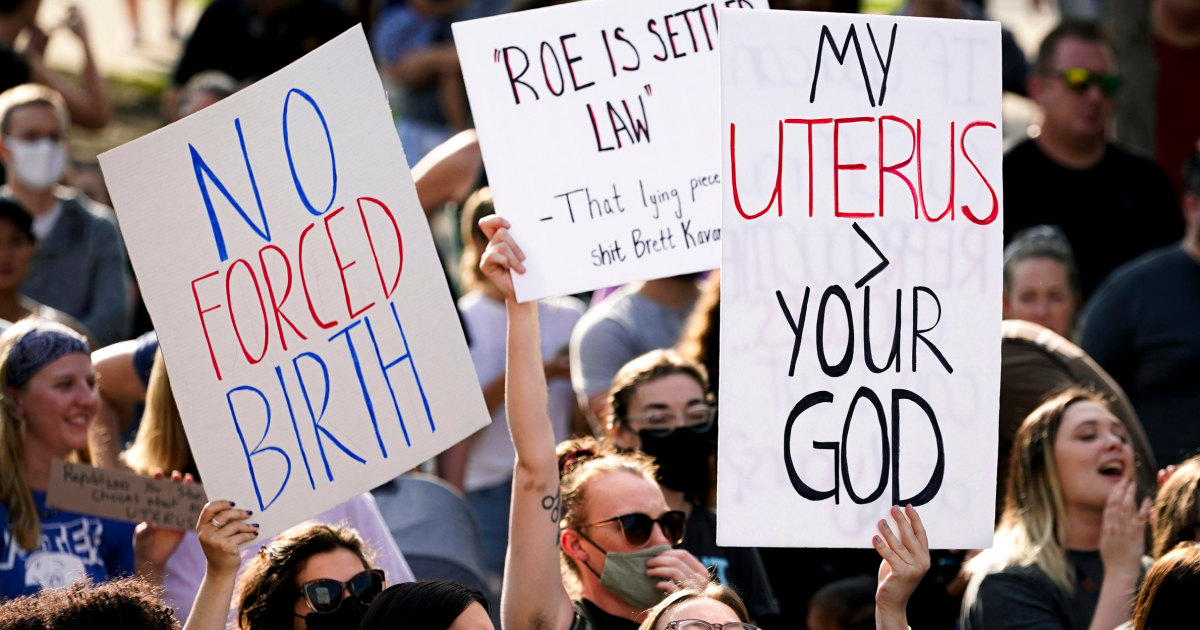- cross-posted to:
- [email protected]
- cross-posted to:
- [email protected]
cross-posted from: https://lemmy.world/post/14217500
Solid life move.
deleted by creator
This is the best summary I could come up with:
The number of young adults who chose tubal ligation and vasectomies as birth control jumped abruptly after the Supreme Court overturned Roe v. Wade in 2022 and has continued to rise, new research shows.
Studying this age group is important because they are “much more likely to have an abortion and … to experience sterilization regret relative to their older counterparts,” said co-author Jacqueline Ellison, an assistant professor at the University of Pittsburgh School of Public Health.
But the new study used a particular statistical approach that, Ellison said, strongly suggested the increase in sterilization procedures flowed from the Supreme Court’s decision and the subsequent actions in 21 states to ban or further restrict access to abortion.
Young women may have felt a greater urgency to act than their male partners in the wake of policy changes because pregnancy disproportionately affects them, said Dr. Angela Liang, a clinical assistant professor of obstetrics and gynecology at the University of Michigan who was not involved in the new study.
In a recent study, Megan Kavanaugh, the principal research scientist at the Guttmacher Institute, and a colleague analyzed survey data of reproductive-age women in four states, finding an increase in condom use but no significant changes in permanent contraception methods.
A more complete examination of contraception choices in the United States will be available at the end of the year when the federally sponsored National Survey of Family Growth releases data from January 2022 through December 2023, Kavanaugh said.
The original article contains 739 words, the summary contains 246 words. Saved 67%. I’m a bot and I’m open source!
deleted by creator
Aren’t vasectomy basically reversible?
There are different types.
A reversible vasectomy is one where they fill something in the tubes to block the flow.
However even in this case chances of reversal is low and it costs 20X more.
An irreversible vasectomy is where they cut the tube, seal their ends and tie the severed ends together.
It’s really difficult and costly to reverse and most of the time impossible. Surgery to reverse a permanent vasectomy may also lead to complications that may or may not be life threatening.
And yeah insurance providers may not cover it.
Oh good to know. TV lied to me then!
Snip snap snip snap
“Super ez 699$ in and out and totally reversible”
deleted by creator
Exactly how reversible they are depends on the type. Regardless of the type though the sucess rates for reversal aren’t great. If you’re lucky andyours is easy to reverse then there is an 80% chance of sucess for a reversal. I also highly doubt most insurance companies cover reversal so prepare to pay thousands of dollars out of pocket for that maybe 80% chance. A vasectomy should always be considered permanent and any doc performing one will tell you that.
IIRC ease to make, fairly hard to reverse, but possible.
So it’s way more expensive and even then not reversible in 100% cases.




